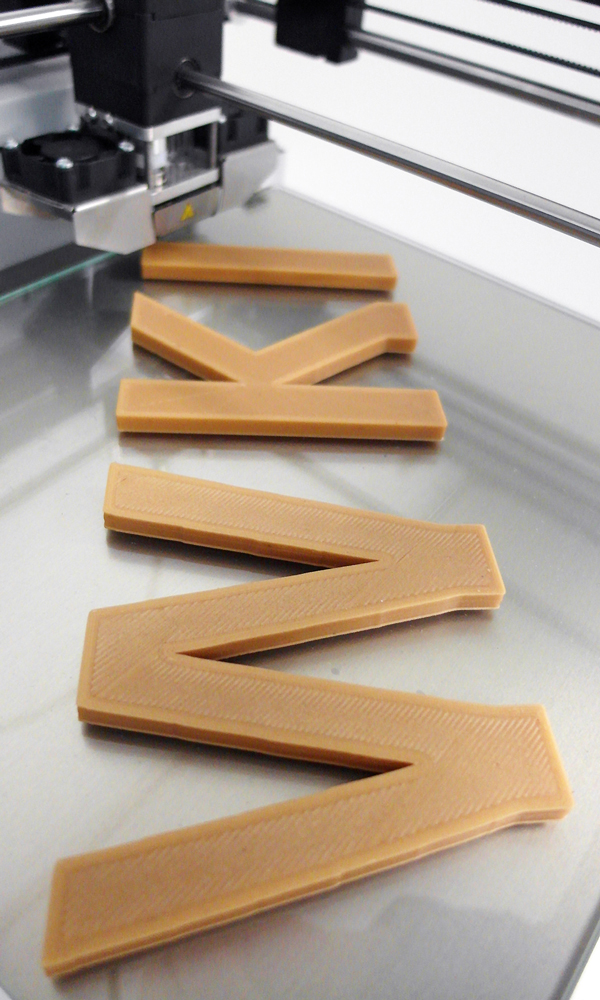Press release
Nanocellulose from agricultural residues for a climate-friendly closed-loop economy
Agricultural residues can replace fossil raw materials in the manufacture of plastic products. A key role could be played here by the intermediate product nanocellulose. An international team of researchers, which includes the Fraunhofer WKI, has discovered how nanocellulose can be extracted from agricultural residues and utilized effectively.
The objective of the “ValBio-3D” project was to introduce agricultural residues, which are currently often being incinerated, into higher-value applications and to utilize them as efficiently as possible. The partners developed ways of producing nanocellulose from sugarcane bagasse and pine sawdust and using it for bioplastics and coatings.
The research team from Europe and South America examined the entire value chain - from the extraction of the raw materials, through their utilization, and on to a life cycle analysis.
The “Instituto de Materiales de Misiones” in Argentina developed, in cooperation with a bio-refinery, the processes for breaking down lignocelluloses and for isolating basic chemicals. The “Universidad de La Frontera” in Chile focused on the biotechnological production of bioplastics and basic chemicals. Simultaneously, the “VTT Technical Research Center of Finland” was refining cellulose to form nanocellulose and optimizing it for application in various biocomposite materials. The “Paper and Fibre Research Institute AS” in Norway produced filaments on the basis of biopolymers and cellulose for 3D printing and developed processes for printing using nanocellulose pastes for medical applications.
The project was rounded off by a comprehensive life cycle analysis and economic evaluation performed by the “Pontifical Catholic University” in Peru.
At the Fraunhofer WKI, the scientists conducted research into how the nanocellulose developed in Finland could be used for the production of biocomposites and coatings. “Our idea was that nanocellulose would be used directly in the polymer synthesis process, as a result of which a stronger bond would be created between the polymer matrix and the filler. This should lead to improved product properties,” explains Dr. Claudia Schirp, Project Leader at the Fraunhofer WKI. The researchers successfully performed the in-situ polymerization of polyester and nanocellulose. The material is fundamentally suitable for 3D printing; further research is required in this respect.
The researchers were also successful in their efforts to apply nanocellulose in the synthesis of binders for wood coatings. “Particularly with regard to the coating of wood, exciting and promising solution approaches are emerging, especially those involving microfibrillated cellulose (MFC). Through the use of nanocellulose, the water vapor permeability should be improved and the coating should become more breathable. We want to pursue the resulting possibilities in a new project.” In a follow-up project, a fire-protection coating for wood, made using a specially modified nanocellulose, is to be developed. A particular focus of the research concerns the durability of the fire-protection performance.
The funding body for the “ValBio-3D” project, which was funded from February 2017 to January 2020, was the German Federal Ministry of Education and Research (BMBF) via the project management agency German Aerospace Center (DLR). The cooperation evolved as a result of the EU-funded ERANet-LAC project, a network of the European Union (EU) and the Community of Latin American and Caribbean States (CELAC) addressing joint innovation and research activities.
Last modified:
 Fraunhofer Institute for Wood Research
Fraunhofer Institute for Wood Research 